Sandy, bare-feet sloshed over the muddy coastland. Hands were gently held one-by-one as we were assisted onto a small boat. Then, sitting squarely on individual blue seats, the engine ignited and thrust the boat full of eager faces over the breakers and into open waters.
The bright blue ocean lapping in stark contrast against the rugged ginger cliffs elicited a lull over the entire group as we earnestly began our quest for the day: spotting a majestic Humpback whale.
We were heading out into the ocean in mid-October; we were told the whale migration season would culminate in just a couple of weeks, which left many with doubts that we would find anything hiding beneath the vast waters. But of course, only moments into our voyage, we got the call that a Humpback had been spotted just offshore.
Our boat raced to the far ends of the Marino Ballena National Park and within moments spotted a few other tour groups bobbing in the water—a promising sign that there was something worth waiting for. We approached slowly; the boat motor turned off and cameras ready to capture the once-in-a-lifetime sighting. Sure enough, after only a few moments more, we caught the first signs of a graceful mother Humpback swimming with her calf.
Costa Rica has been called one of the best places to observe Humpback whales in the world.
Due to their migration patterns, Humpbacks pass Costa Rican shores twice each year. We lingered with the whales for quite some time, taking in the profound size and beauty of the creatures that were voluntarily coming just meters away from our boat.
Seeing such impressive creatures up close is a profoundly enriching experience everyone should have at least once in their life, and the beauty of the Marino Ballena National Park, one of the best spots in all of Coastal Ballena, makes for the perfect place to do it.
There are countless tour operators who will take you out on a boating and whale watching adventure, but it is important to do a bit of research first to ensure that the guides do all they can to respect and preserve the fragile natural habitat.
For our whale watching tour, we chose to go with Bahia Aventuras. We would definitely recommend them to visitors keen on whale watching in Costa Rica for the following reasons:
1. Total professionalism of the staff and guides
From the very beginning, the staff of Bahia Aventuras struck us with their level of professionalism. Our tour guide met us at our car as soon as we pulled up and asked if we preferred Spanish or English. He then guided us to the welcome room where we were given some beginning instructions and life-jackets. Our guide was sure to pause and clearly explain directions before each new step.
Additional details that were appreciated were the water bottles and fresh fruit provided along the way. Our guide also doubled as a naturalist, and his knowledge was evident with each word he said. As we went along, he added interesting facts about the natural features of the island, as well as the various birds and wildlife we came in contact with. It made all the difference to have such an insightful guide, and we found this key aspect made the experience all the more memorable and enriching.
2. Whale watching with total respect for the animals
There’s a fine line between doing right versus wrong in the commercialization of animals. When done poorly, whale watching can be extremely harmful to wildlife–frightening whales and disrupting their natural habitat. However, when done properly, whale watching is constructive for both the whales and the observers.
When we can learn about and observe animals in their natural habitat, we gain an appreciation and respect for them that will often have far-reaching benefits. We were pleased to see the level of respect Bahia Aventuras maintained for the whales. It was no surprise to learn that Bahia Aventuras actually helped to develop the standards for Responsible Marine Tourism Practices in Costa Rica.
At several points throughout our tour, 4 or 5 boats would be in the area around the whale. Our tour guide would wait off to the side for the crowd to clear before going over to see the whale, so as not to overwhelm it. While this might frustrate some, we were glad to see that Bahia Aventuras upheld the guidelines created in the park to keep the whales safe.
P.S. Want to see more whale watching photos? Check out our experience with humpback whales in Mexico here!
Extra Tips For Whale Watching In Costa Rica:
1. The best time to see a humpback whale is between July and November, or December through April since humpbacks will be making their migration through the Southern Zone of Costa Rica at this time.
2. Make sure to do your research before choosing a tour agency. You will want to make sure they know what they are doing and are kind to the animals.
3. Have low expectations! You won’t always see a whale when you go on a tour. Have low expectations to prevent disappointment, and just enjoy the scenic boat ride! The coastline in the Marino Ballena National Park is unique and stunning, with many natural caves and a few islands dotting the shore.
4. Bring sunscreen and anti-motion sickness medicine. You’ll want this if you want to enjoy your time on the boat.
5. Bring your camera (most tours will provide you with a dry bag to keep this safe) and some good friends or family members to make the day just that much more enjoyable.
This whale watching tour is certainly one of the highlights of living in Costa Rica’s Southern Zone. There’s nothing like having an incredible time out on the water. When you add in an up-close encounter with one of the most spectacular creatures on the planet, then you know it will be a day to remember.
To Plan Your Whale Watching Adventure In Costa Rica:
Tour Guide We Used: Bahia Aventuras
Price: $90 USD adults; $50 USD children
Depending on weather and the conditions of the water, sometimes it is also possible to spot dolphins and sea turtles, as well as go snorkeling.
Have you been on a whale watching tour? If so, where? As always, we’d love to hear your thoughts and opinions in the comments below!
We were guests of Bahia Aventuras. As always, all thoughts and opinions are our own.
Enjoy this post? Check Out More Of Our Awesome Articles On Costa Rica!

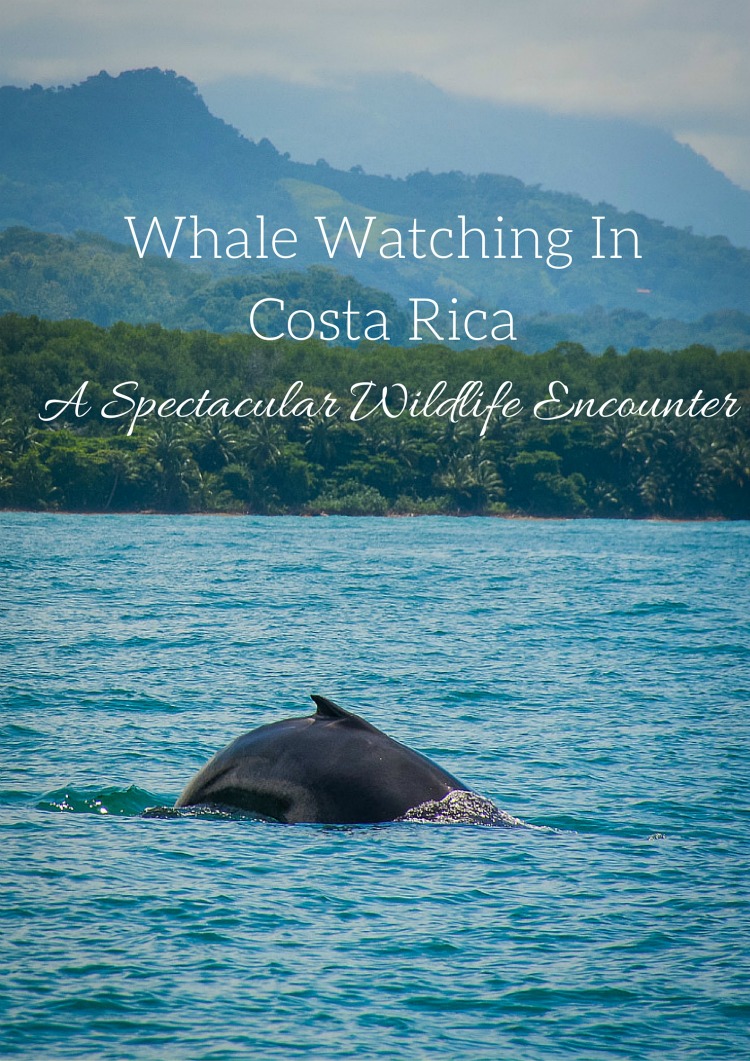
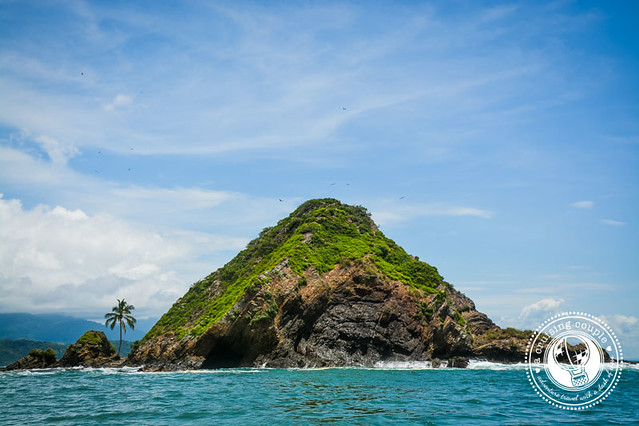
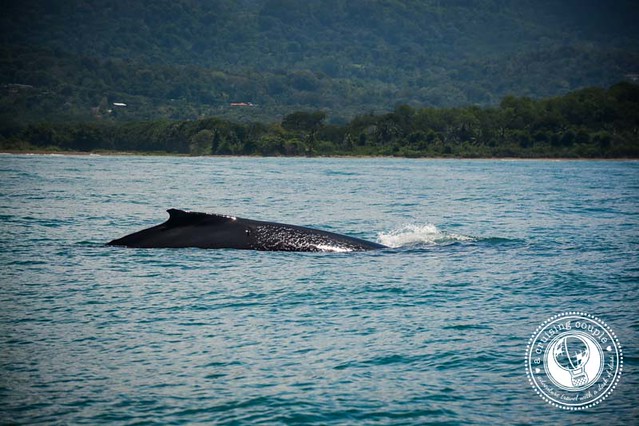

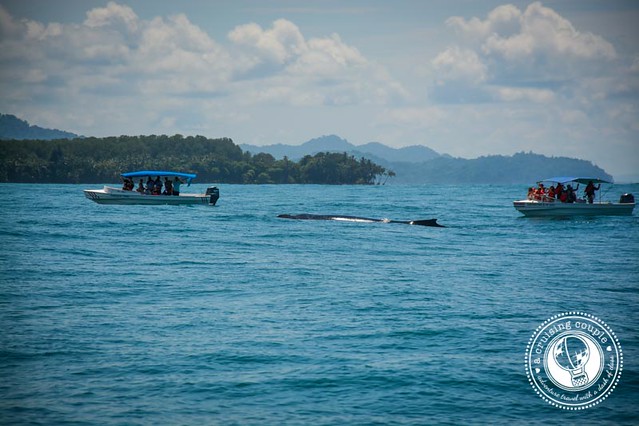
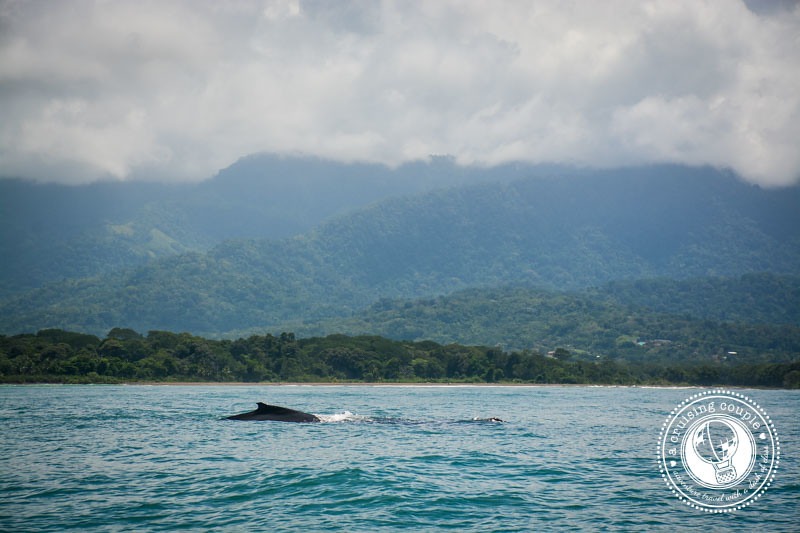
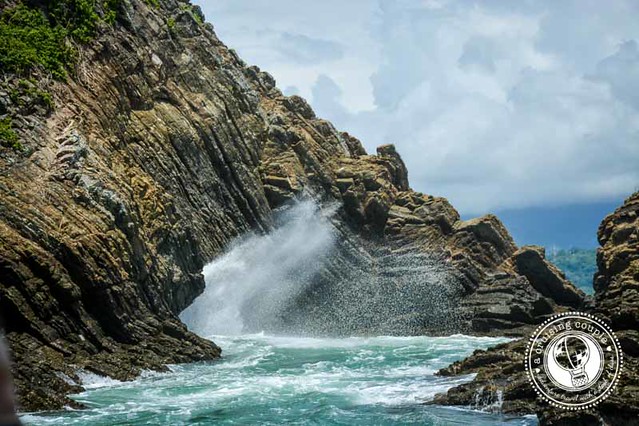
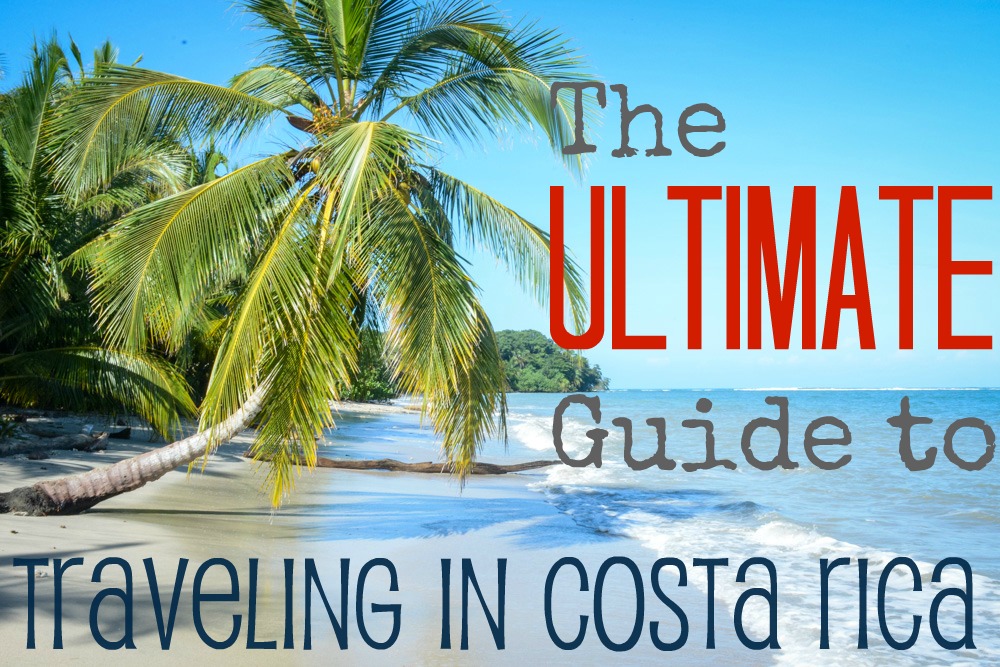
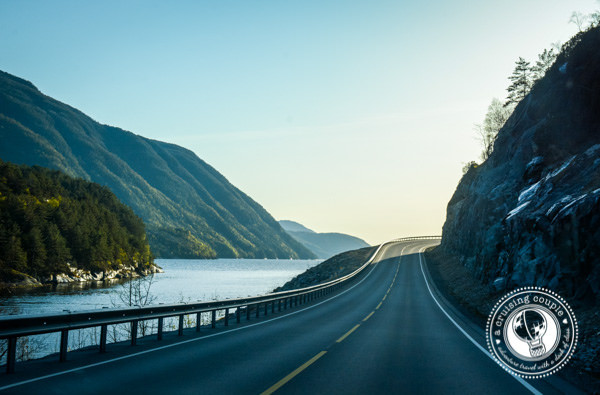

Thanks guys for writing this. I am in Costa Rica right now and was hoping to go on a whale watching tour but I think I have hit the tail end. You have provided lots of great information in this article which is so helpful. I will definitely touch base with Bahia Adventuras for next time.
I was hoping to add this as a seasonal tour choice for my website.
Thanks again and have a great time in Hawaii!
Pura Vida
Laurie @mytravelcr
Laurie recently posted…Macaws ~ Where to find them in Costa Rica
Whale Watching is definitely a must. Sad to hear you’re going to miss the prime time, but hopefully you’ll make it back for another season! ;-)
We would love to be featured on your website!
Thanks so much for sharing, and best of luck on your next adventures! :-)
A Cruising Couple recently posted…Sunrise At Mount Haleakala, Maui: What You Need To Know
I would love to feature you on my website. I think Dan takes great pictures and you both write wonderful articles. Send me an email.
Ahhh YAY so excited that January is a good time for this! ;)
Yes!! You will love whale watching, here! :-)
A Cruising Couple recently posted…Sunrise At Mount Haleakala, Maui: What You Need To Know
I visited Costa Rica last year and had an incredible time in the Osa Peninsula, a wild place not yet overrun by tourists. I hear the whale watching there is great as well. Can’t wait to go back!
-Maria Alexandra
Maria Alexandra @LatinAbroad recently posted…Pushing Past My Fears by Becoming a Rescue Diver in Tioman
Yes, the whale watching is great there as well. We love the Osa Peninsula. Like you said, it’s a nearly untouched area of Costa Rica making for rare and beautiful experiences. If you go whale watching there, let us know how it goes! ;-)
A Cruising Couple recently posted…Sunrise At Mount Haleakala, Maui: What You Need To Know
wonderful! What an amazing experience!
Absolutely! Hopefully you’ll get to experience something similiar! :-)
A Cruising Couple recently posted…Sunrise At Mount Haleakala, Maui: What You Need To Know
HELP! Im going to CR mid october but just for a weekend.
What are the MUST things me and my husband should do?